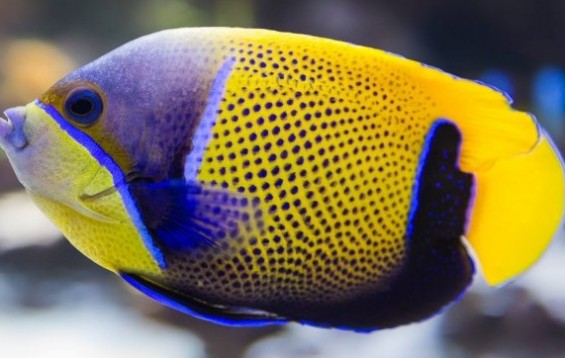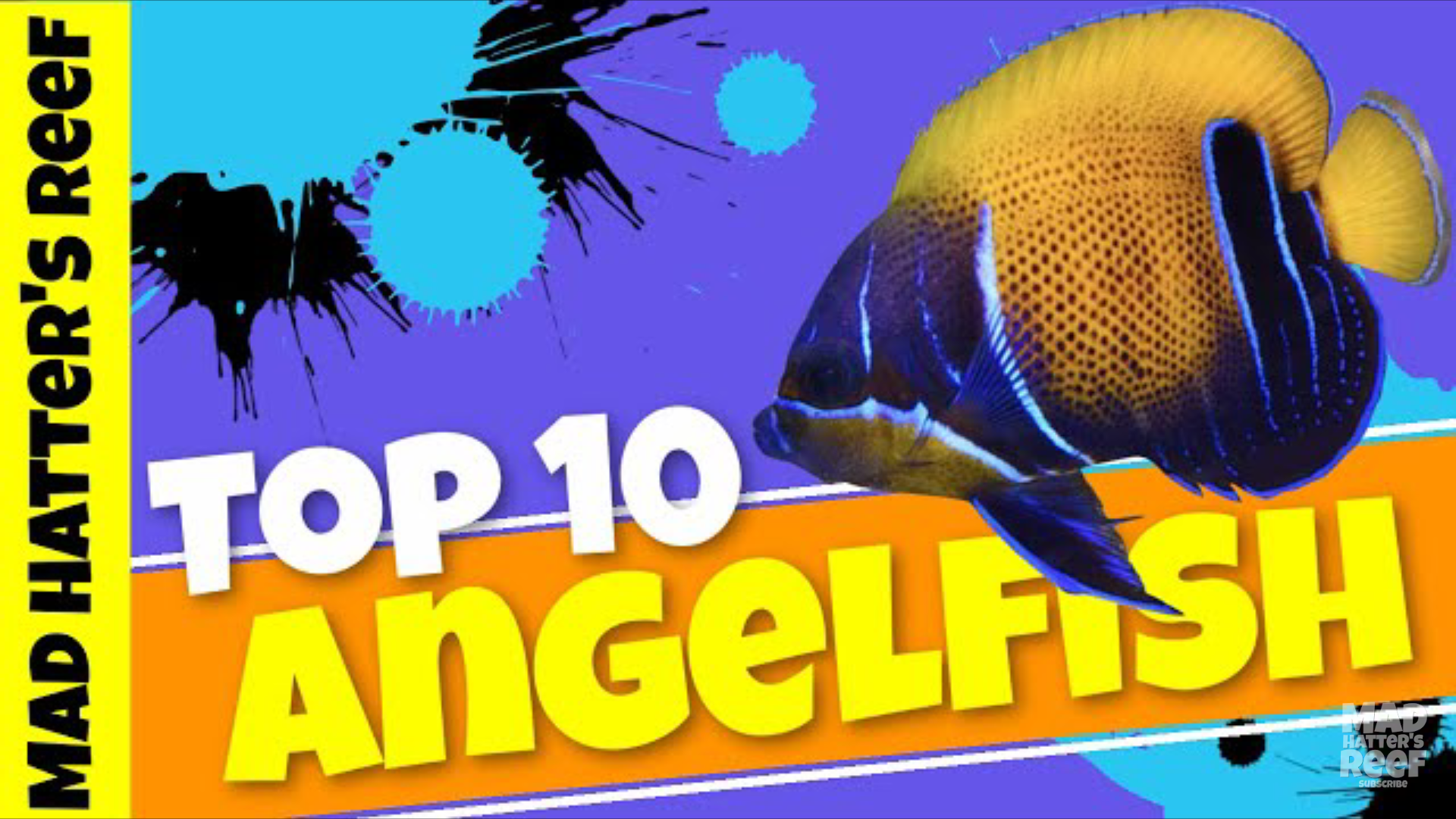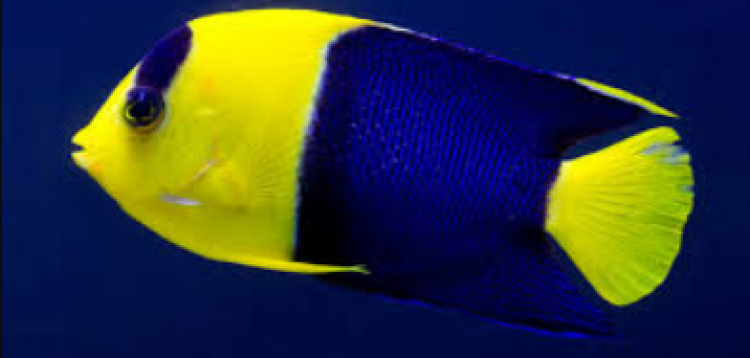- Name:
Blue Girdled Angelfish
(View AKA's) - Family: Pomacanthidae
- Species: Angel Large
- Scientific Name: Pomacanthus navarchus


General info about Blue Girdled Angelfish
The Blue Girdled Angelfish has yellow scales with blue margins and a dark blue band, or girdle, that covers the face and extends backward. The girdle is highlighted with neon blue margins. While somewhat shy, this angel is one of the easier angelfish to keep. It requires a large tank with multiple hiding places and live rock for grazing. The Blue Girdled Angelfish is not a good reef dweller, being prone to nip at stony and soft corals (sessile invertebrates) and clam mantles. It generally will not harm small-polyped stony corals and somewhat noxious soft corals.
Blue Girdled Angelfish Diet & Nutrition
The main diet of the Blue-girdled angelfish consists of sponges and tunicates but it is considered to be an omnivore. In captivity, this species may be fed vegetable based food as well as meaty food consisting of finely chopped squid, scallop, and shrimp together with the essential sponge and tunicates.
Determining Sex of Blue Girdled Angelfish
No sexual differentiation has been observed for this species in the tank or in the wild. However, just like other Pomacanthus species, the Blue-girdled angelfish is a protogynous hermaphrodite that can change sex from female to male when the need arises.
Breeding & Spawning Blue Girdled Angelfish
This species has not yet been bred in captivity. However, in the wild it has been observed to hybridize with the Blue-faced angelfish Pomacanthus xanthometopon. Adult Majestics will display courting behavior in the aquarium but it must be a large and deep aquarium of at least 180 gallons. They will spawn as they ascend in the water column. The male and female encircle each other and simultaneously release eggs and sperm at the top of their ascent for external fertilization.
Common Diseases with Blue Girdled Angelfish
Blue-girdled angelfishes are very sensitive to their tank environments. If kept in a dimly lit sterile aquariums, it often develops Head and Lateral Line Erosion (HLLE). It may also get infected with common reef scourges such as White Spot Disease and Velvet Disease. Highly susceptible to bacterial infections and may ocassionally suffer from eye flukes.
Blue Girdled Angelfish Origin
This species is found throughout the Indo-Pacific region from Indonesia to Papua New Guinea, north to the Philippines, south to the Rowley Shoals and the southern Great Barrier Reef, including Palau and Yap in Micronesia.
Caution with Blue Girdled Angelfish
The Majestic Angelfish is one of the more mellow Pomacanthus angels and usually does not display aggression towards its tankmates, except to other large angels or fishes with same size, color, and feeding habit.
Difficult to keep since it needs excellent water quality conditions, tank with numerous caves for hiding space, and a large reef-like mature tank with good lighting. Conditions should be kept at the optimum.
Acclimating Blue Girdled Angelfish
Blue-girdled angelfishes strictly require excellent water quality, moderate to high lighting, and a large tank of at least 100 gallons. If first introduced in tank, feed temporarily with brine shrimp, frozen mysis, red macro algae attached to a rock, or clams to entice feeding before switching to their tank diet.
Original Detail
| Name | Species | Family | Scientific Name | More Detail | Added by |
|---|---|---|---|---|---|
| Blue Girdled Angelfish | Angel Large | Pomacanthidae | Pomacanthus navarchus | The Blue Girdled Angelfish has yellow scales with blue margins and a dark blue band, or girdle, that covers the face and extends backward. The girdle is highlighted with neon blue margins. While somewhat shy, this angel is one of the easier angelfish to keep. It requires a large tank with multiple hiding places and live rock for grazing. The Blue Girdled Angelfish is not a good reef dweller, being prone to nip at stony and soft corals (sessile invertebrates) and clam mantles. It generally will not harm small-polyped stony corals and somewhat noxious soft corals. |
PalaciosAn |
Changed by users
| Submitted Date | Submitted By | Status | Action |
|---|



